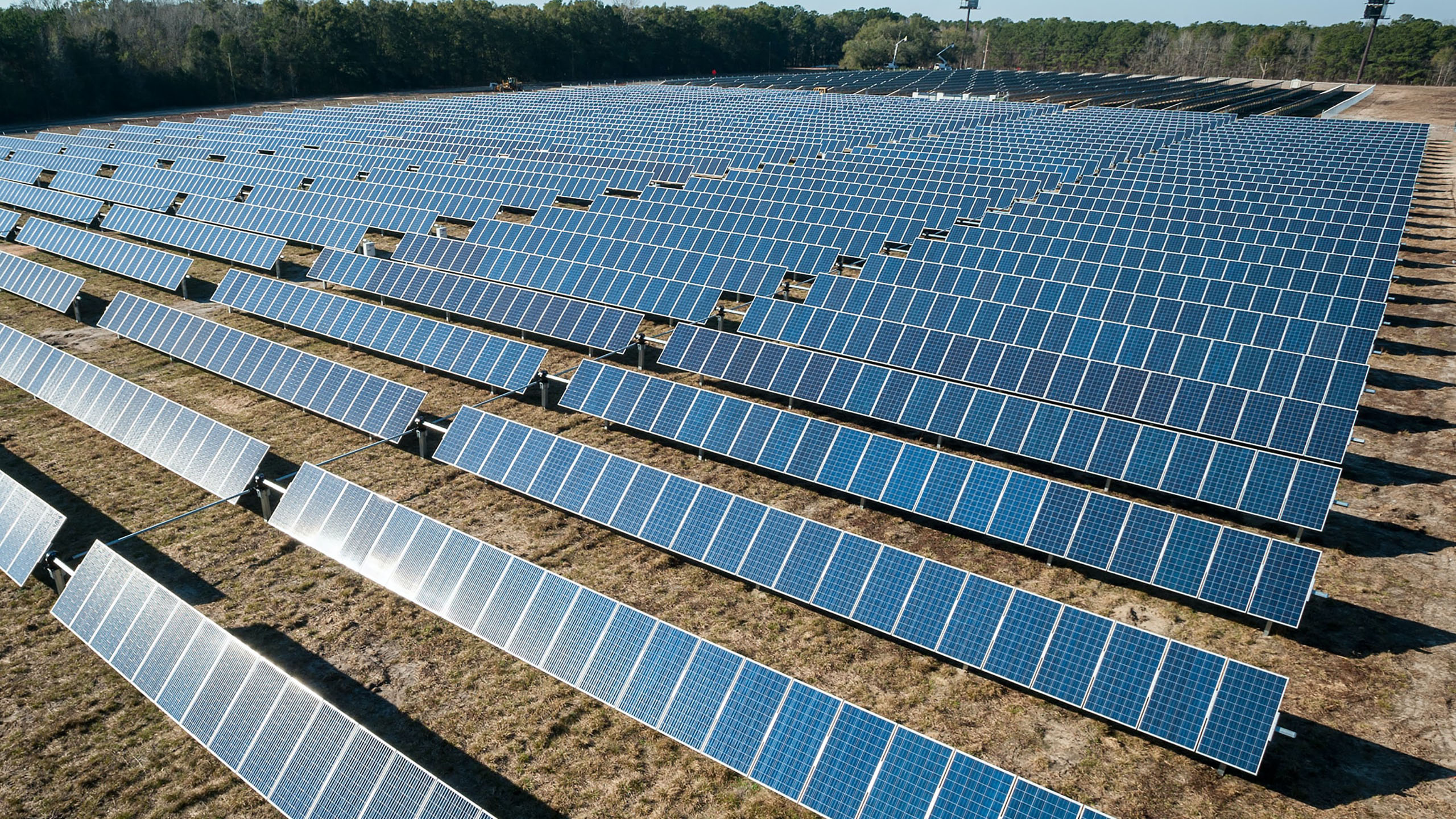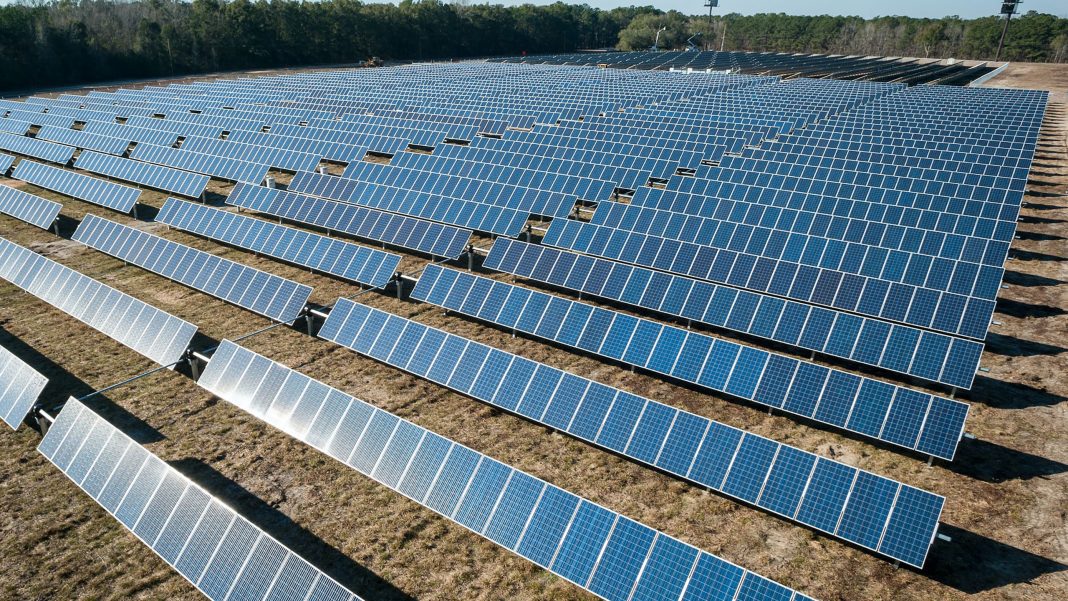 Solar Farms and UK’s Food Security: Debunking the Myth
Solar Farms and UK’s Food Security: Debunking the Myth
Introduction:
Solar farms in the UK have recently come under scrutiny due to concerns that they may pose a threat to the nation’s food security. Critics argue that these large-scale solar projects are taking away high-quality agricultural farmland from food production. However, the solar farm trade association has dismissed these claims as nothing more than a myth. In this article, we will delve deeper into the issue, exploring the arguments from both sides and shedding light on the actual impact of solar farms on food security.
The Solar Taskforce’s Ambitious Goal:
Labour Energy Secretary Ed Miliband has revived the Solar Taskforce with an ambitious aim to triple the amount of energy generated by solar panels in the UK. In line with this objective, Mr. Miliband recently approved three major solar power projects, totaling 1.3GW of capacity. These projects include Gate Burton in Lincolnshire, Mallard Pass on the Rutland/Lincolnshire border, and Sunnica in Suffolk. However, critics, including former Energy Secretary Claire Coutinho, express concerns about the potential risk solar farms pose to the nation’s food security.
The Importance of Best and Most Versatile Agricultural Land:
To address these concerns, the previous Tory administration established a policy that required solar projects to consider food security. Good agricultural land is classified into different grades, with Grade 1 being the highest quality. Solar projects were encouraged to be developed on lower quality agricultural land, brownfield land, contaminated land, or industrial land to avoid compromising food security.
Examining Mallard Pass:
One of the approved projects, Sunnica, is set to become one of Europe’s largest solar farms, covering an area of 2,500 acres. The project, estimated at £600 million, aims to power 92,000 homes once completed. However, local officials and critics argue that it is too large and located in the wrong area. Councillor Jim Thorndyke of West Suffolk Council expressed concerns about the impact on the landscape, while Richard Rout from Suffolk County Council highlighted the loss of thousands of acres of land for food production.
Controversies Surrounding Canadian Solar:
The primary developer of the Sunnica project, Canadian Solar, has faced criticism from Conservative MP Alicia Kearns. Kearns argues that the company should not be allowed to construct nationally significant infrastructure in the UK due to its alleged links to Uyghur forced labor. These controversies have further fueled the debate surrounding solar farms and their impact on the country.
Debunking the Myth:
Gareth Simkins, a senior communications adviser for Solar Energy UK, dismisses the notion that solar farms pose a significant threat to the nation’s food security. In collaboration with the National Farmers Union, Solar Energy UK published a report stating that solar farms currently occupy less than 0.1 percent of the UK’s land. The report further emphasizes that to achieve the government’s net-zero target, the country will require 90GW of solar energy by 2050. Even with this expansion, solar farms would only account for approximately 0.6 percent of UK land, which is less than the area occupied by golf courses.
Conclusion:
While concerns about solar farms’ impact on food security persist, industry experts and reports indicate that these concerns are largely unfounded. Solar farms currently occupy only a fraction of the UK’s land, and future expansion would still leave ample space for agricultural activities. It is essential to strike a balance between renewable energy goals and preserving agricultural land. By carefully selecting suitable locations for solar projects and promoting sustainable land use practices, the UK can achieve both its green energy targets and maintain food security for its population.


